Visit Morocco’s contrasting cities of Fes, Casablanca and Marrakech – from the Hassan II Mosque to Unesco-approved medinas and the Majorelle Garden’s must-see Yves Saint Laurent Museum
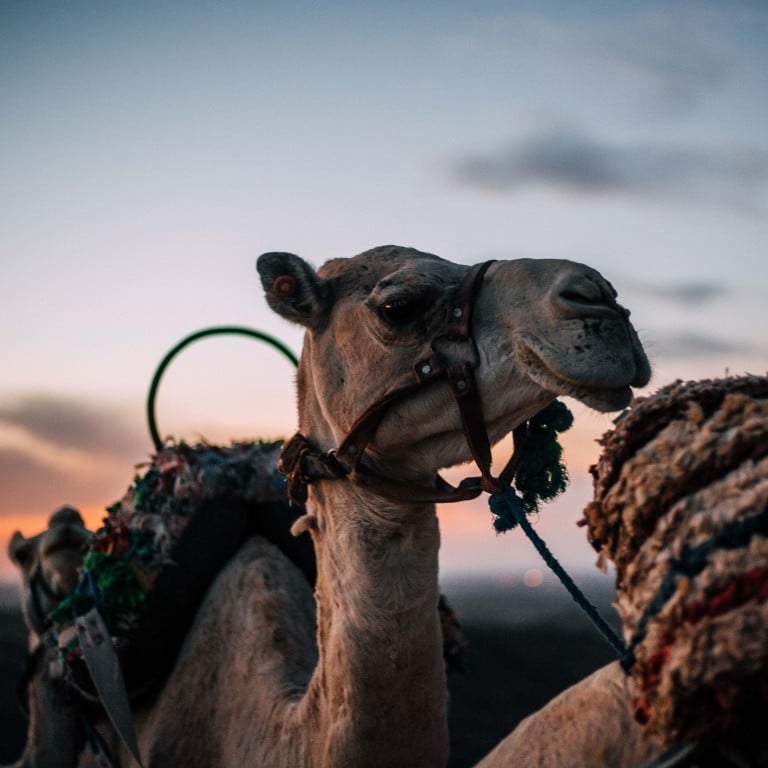
I dream of Morocco. Of its colours, sand dune orange and cobalt blue. Of the spice-laden air of the medina. Of long-lashed camels and the kindness of strangers. Sifting through those memories now, masked and sanitised in an air-conditioned office in Hong Kong, it all seems very, very far away.

It has been more than a year since my last work trip took me to the North African country. The near-total shutdown in international travel was imposed and weeks turned into months as the epidemic became a pandemic. It never seemed appropriate to write about my last great travel experience. But things seem different now. The coronavirus is still a constant presence in our lives, but there’s a growing resilience – almost defiance – in our will to look forward to when we can dust off our suitcases again.
With that hope firmly in mind, it seems the right time to recount my adventure in what was known in medieval times as “The Western Kingdom”, to hopefully inspire some to visit when the world is open again.
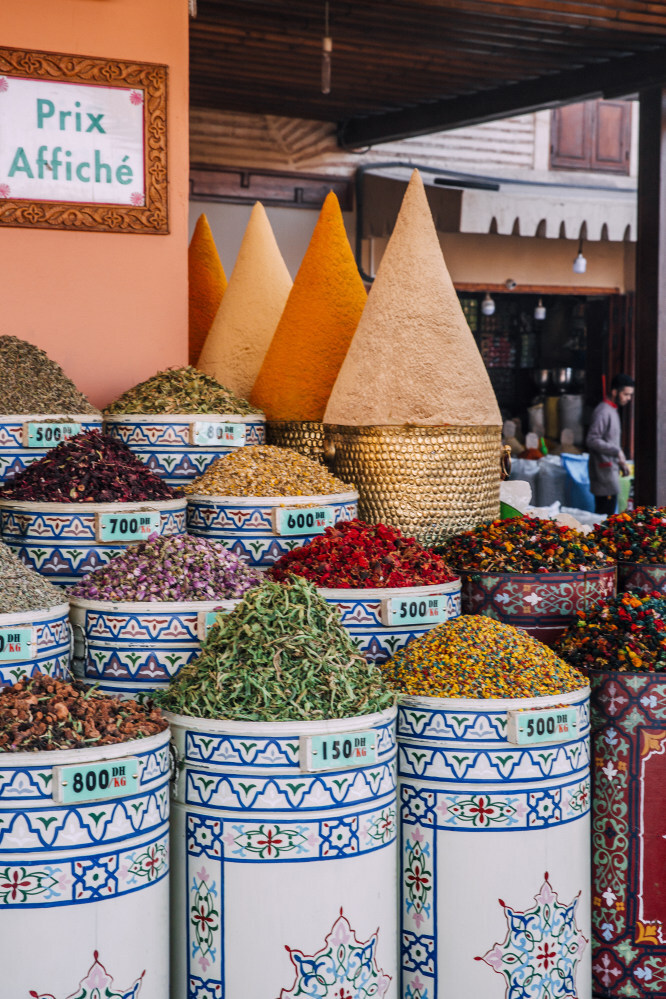
We set off in October, which is autumn in Morocco and one of the best times to visit the country. With six destinations over eight days, ranging from bustling cities to sacred mosques, lush vineyards to sandy dunes, it was going to be a packed trip.
The tour was run by Luxury Escapes, which provided a useful guide on what to expect from each city, particularly with regards to religion and modesty. The best packing advice I can give is to pack more scarves than you think you’ll need – they come in handy when covering bare skin, adjusting to the colder nights, and of course, fashion accessorising.
Versatility is key for a trip to Morocco, particularly if you plan on touring the country like we did. There’s something for everyone, and our first few days were remarkable in their variety.
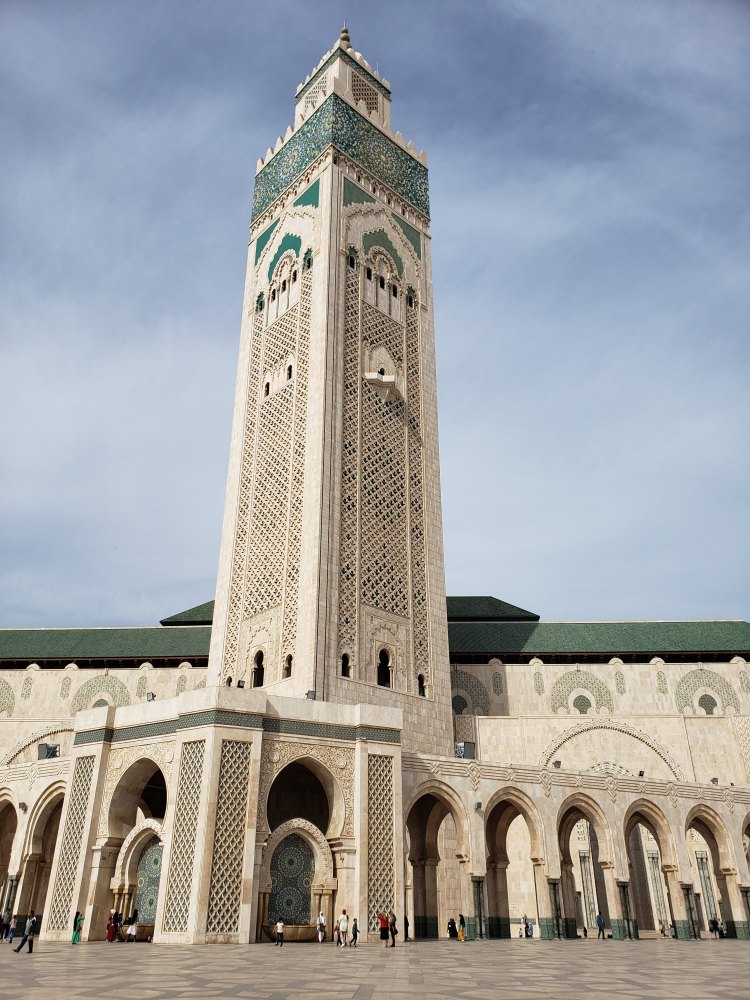
Casablanca, a city synonymous with romance thanks to the 1940s Hollywood film, is surprisingly spiritual. It’s home to the Hassan II Mosque, the largest functioning mosque on the continent, dignified and serene despite a capacity of 105,000 worshippers (25,000 inside and the rest outside). As non-Muslims, we could only enter the mosque on a guided tours outside prayer hours, but even the short visit was enough to fill my cold, dead soul with something akin to awe.
Volubilis and Meknes are poles apart in their appeal. History and archaeology buffs will love the Roman ruins of Volubilis, with sweeping views of the surrounding hills and out to the holy city of Moulay Idriss. It’s not a particularly large site, but given the rocky terrain, I recommend sensible shoes along with a good camera or smartphone, because the Unesco site is definitely one for the photo album (or Instagram feed).

If scrambling on the rocks is not as appealing as a drink on the rocks, you’ll be glad to know that Volubilis is a mere hop, skip and a jump from Meknes, home to some of the country’s best vineyards. We wined and dined at Les Célliers de Meknes, where we learned that Morocco – due to its high mountains and cooler climes – was one of the best countries in Africa for wine, and we sampled several vintages, just to fact-check.
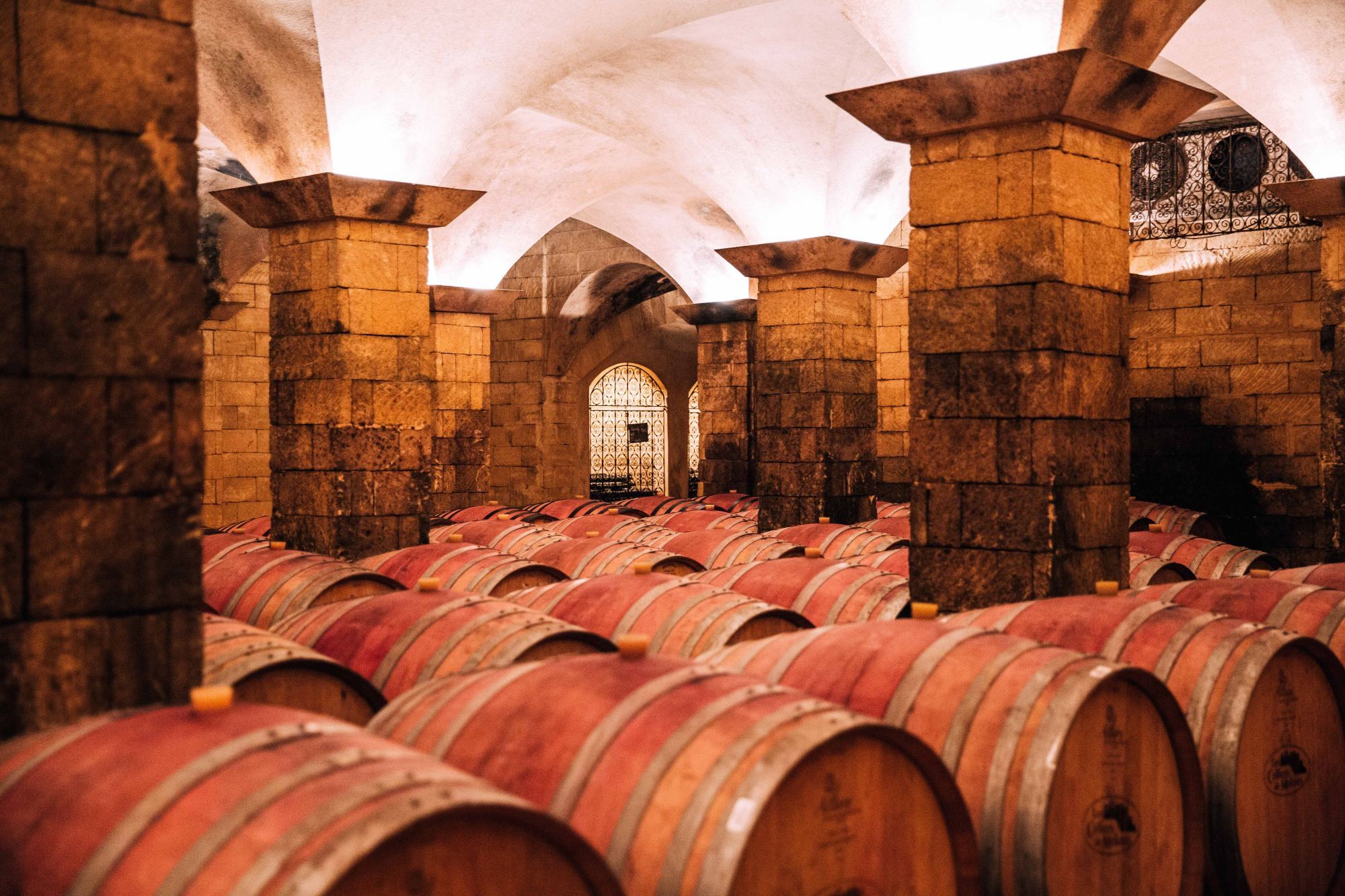
After a few days in Morocco, I started to relax more. As a first-time visitor, my knowledge of the country was limited to what I’d seen in films and the results of late-night Googling. I’m ashamed to admit that Sex and the City 2 had me worried about dressing modestly in an Islamic country (experience taught me that skinny jeans are fairly prevalent among the younger generation), and I harboured a vague, unfounded unease about the safety of the country.
“One of the most common misconceptions people have about Morocco is that it’s not safe to travel there,” says Chelsea Healey, Luxury Escapes’ head of brand and community. “Morocco is very accepting as a society, strong in their beliefs but inclusive in their culture. Using local guides in our tours has really helped put people at ease; people automatically feel more safe with a local.”
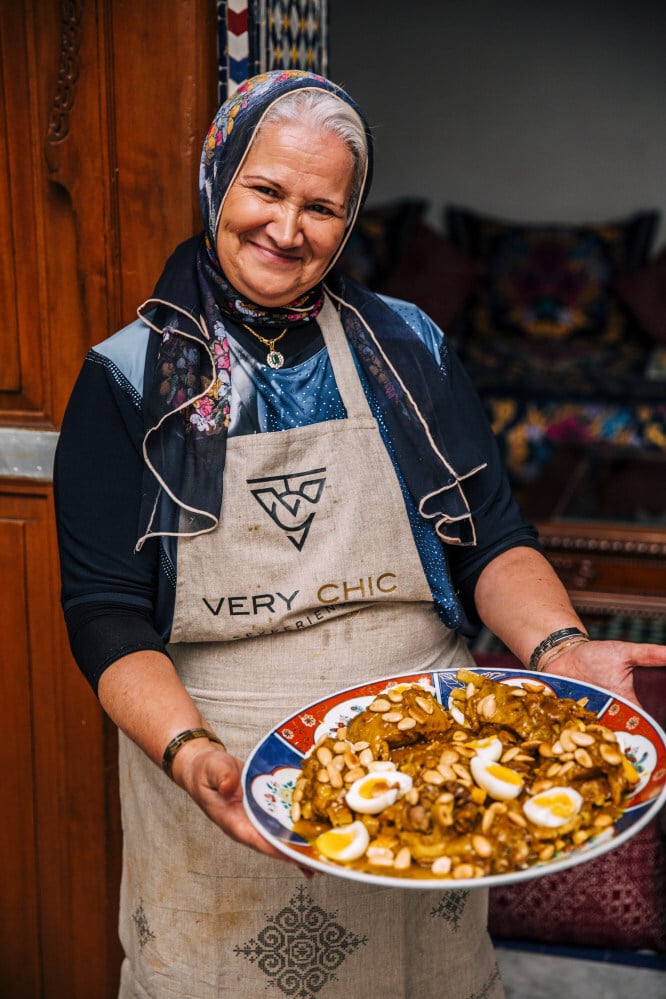
The local guides and contacts were a stroke of genius on the part of the brand, which specialises in small group tours. We met a variety of warm, friendly people ranging from Chadia, a lovely old lady who cooked a traditional meal for us, to Jawad, the charismatic owner of a tented camp in the Agafay Desert. Not a single one of my memories of Morocco is without a smile or patient explanation from these locals, who are a treasure trove of information that you certainly won’t find on TripAdvisor.
“They’re able to unlock the destination and give us access to parts of each city that only locals could know about,” Healey says. “They’re passionate about their country, their English is very good and they take pride in showcasing the best of what their country has to offer from a tourism perspective while making it more personal through sharing their own history and experience.”
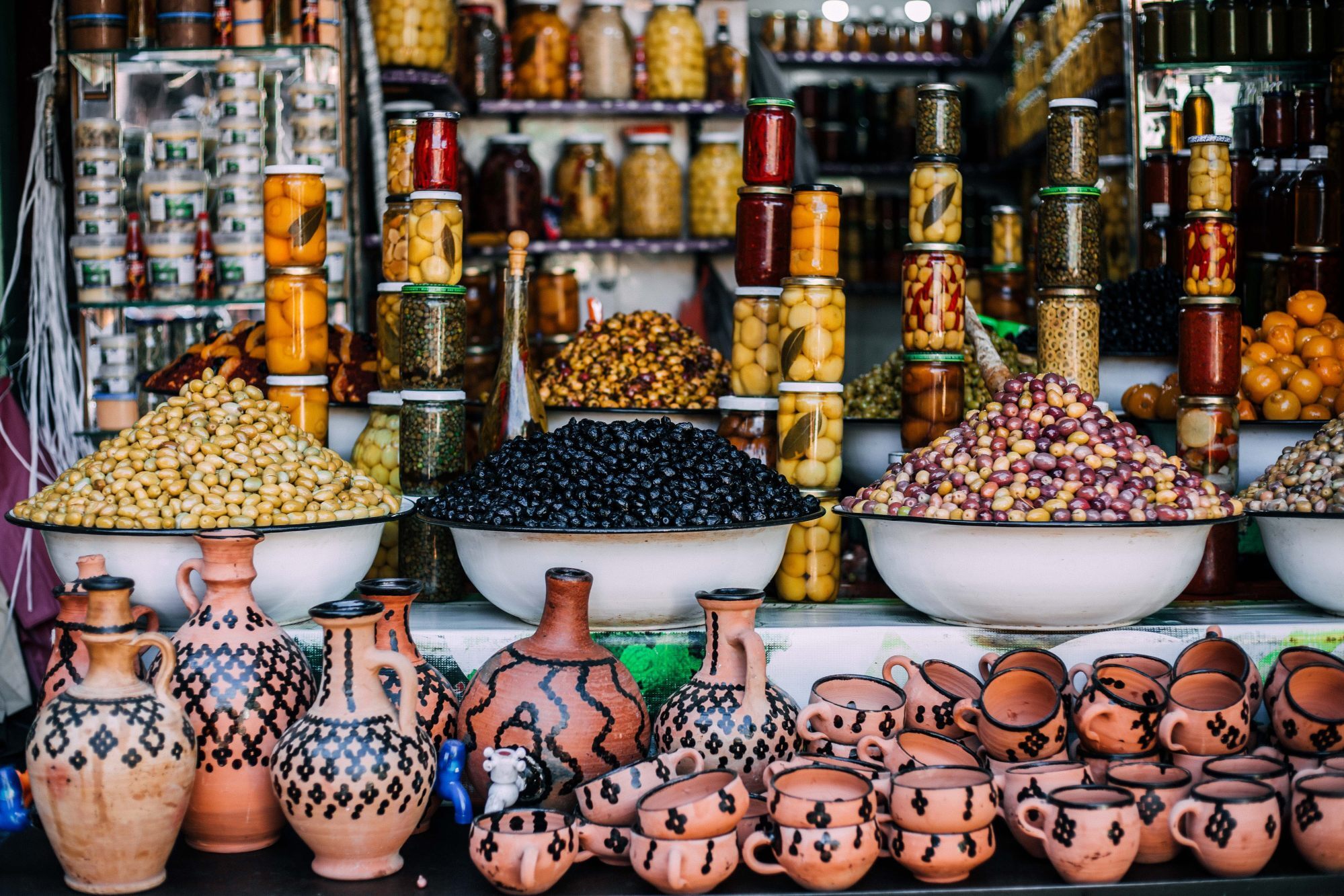
This is particularly useful when we traversed the medinas, for example. These bustling mazes can be home to more than 900 different laneways, and having a guide ensured that we got to see the highlights without getting hopelessly lost – which almost happened to me several times when I stopped to snap photos of the marketplace cats.

This careful balance of local flavour and luxury pervaded the trip as a whole, with one of the many highlights our visit to a traditional riad in Fes, the country’s cultural capital. The word riad is derived from the Arabic word for “garden” – ryad – as many traditional Moroccan houses are centred around a garden or courtyard, where family members relax or mingle with guests.
The soaring arches and imposing pillars of the Riad Fes hotel were the furthest thing from a cookie-cutter chain hotel you could imagine. Our tour took us from traditional tea in the central courtyard to sunset drinks on the rooftop, overlooking the medina, a Unesco World Heritage Site.

“One of our key pillars is to balance luxury with tradition and cultural immersion, and there’s no better way to do this than with riads,” Healey says. “As traditional houses or palaces in Morocco, they can look unassuming on the outside but are rich in architecture, patterns and colours on the inside. Riad Fes has been lovingly restored to its original glory, providing you with the opportunity to step back in time without foregoing the luxuries of a five-star hotel. People love that it’s a beautiful escape from the bustle of the ancient Fes Medina outside.”
We spent our final days in Marrakech, a cosmopolitan city that has plenty to offer the curious traveller – from the nighttime buzz of Djemaa El Fna square to the eye-opening experience of hammam bathing (best tried with close friends). One highlight seared indelibly into my memory is the visit to the Majorelle Garden, with its Yves Saint Laurent Museum a sheer exuberance of colour.
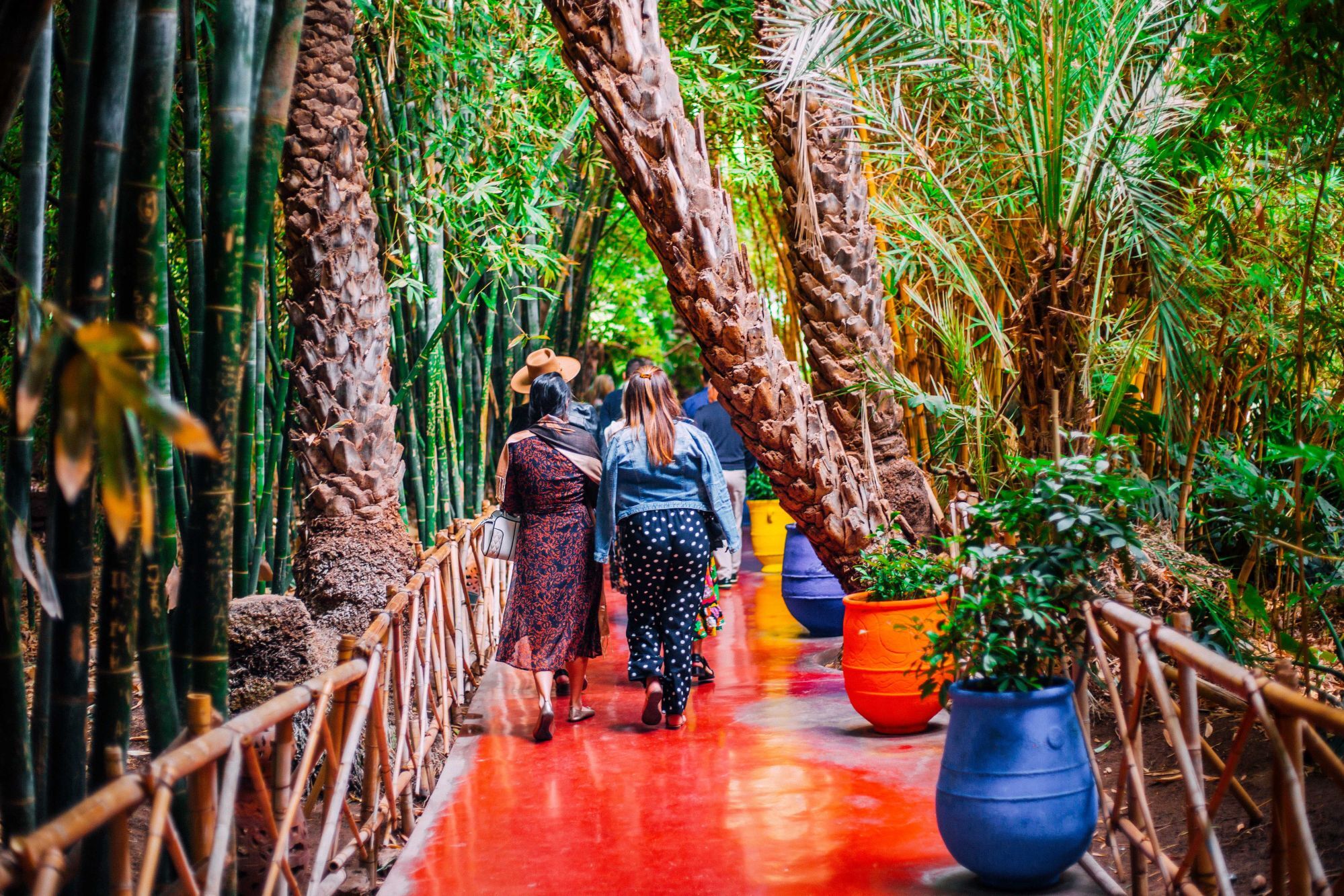
Marrakech might be known as the “Red City”, thanks to the sandstone used for many of the buildings, but more startling is the distinctive indigo that we saw on everything from cobalt Moroccan tiles to Berber burnouses.
French artist Jacques Majorelle was so taken by the vibrant hue that he used it extensively in the garden and house complex that he nurtured during the decades he spent in Marrakech. Thanks to a patent acquired before his death in the 1960s, the colour is now officially “bleu Majorelle”, and can be seen in the museum as well, thanks to the fashion designer whose name it bears who had a hand in restoring the complex in the 1980s and was deeply influenced by the city’s colours and culture.
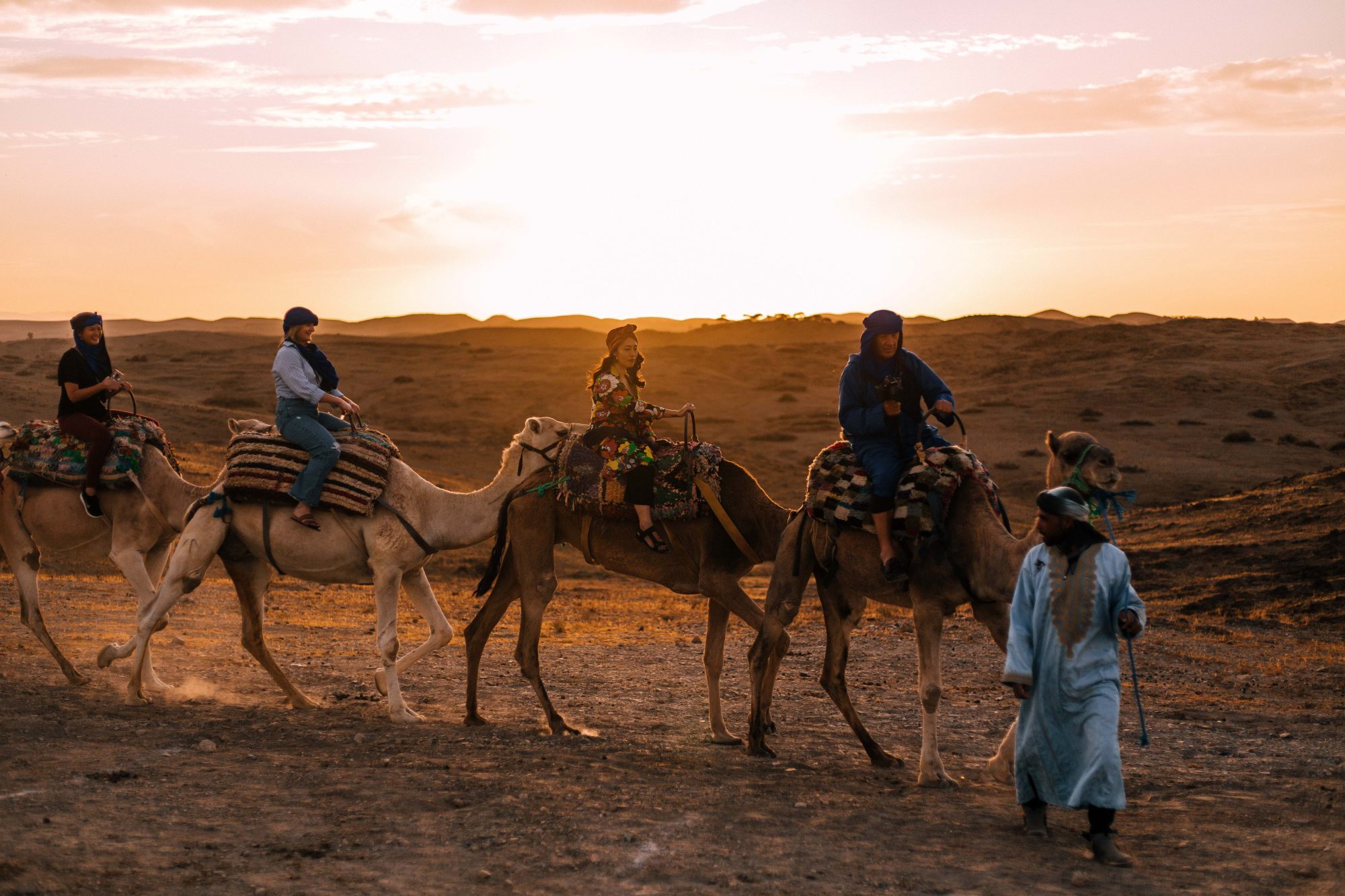
The trip ended on a high note, with one of my favourite memories of Morocco – me perched on a camel riding up the side of a dune to where sunset drinks were set out. That night we stayed at The White Camel, which has introduced glamping to the Agafay Desert, and even with modern luxuries – there’s an infinity pool – there was always that touch of tradition and culture, evident in everything from the tents to our cobalt blue burnouses.
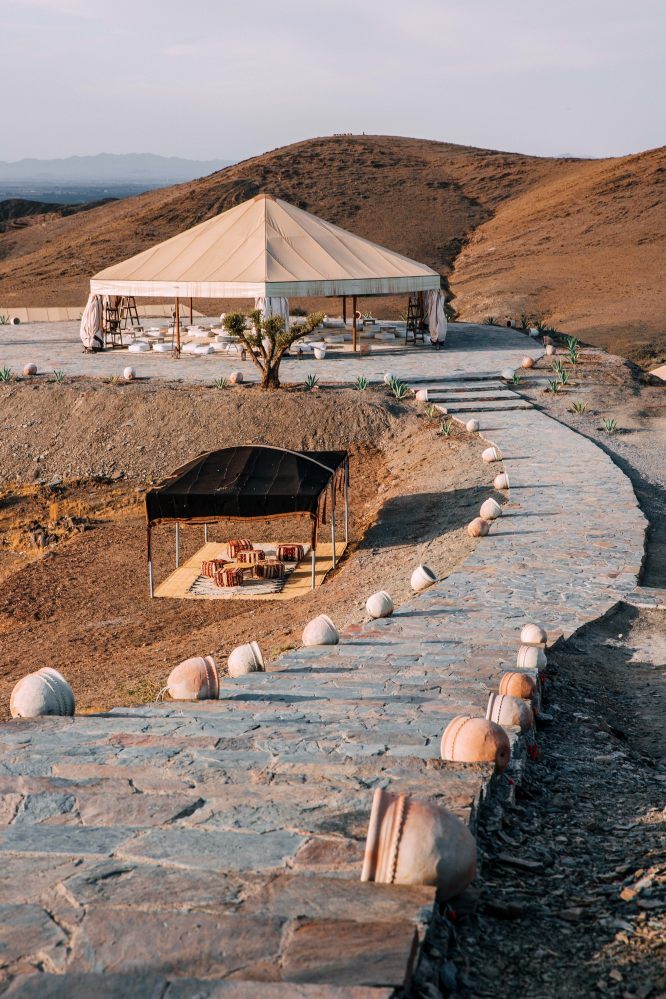
The trip seems an age ago now, but after more than a year of travel-less existence, there is hope on the horizon. Luxury Escapes has recently opened up bookings for a new Morocco package. The tours aren’t until 2022, but longer lead times are obviously necessary given fluctuating travel restrictions.
I for one am keen to return to a country that is a poignant balance of mysticism and modernity. Healey perhaps put it best: “Morocco is such a good blend of old Imperial world and modern European influences … We enjoy being able to showcase just how diverse the country is; it’s more than just the Sahara desert. It’s really like nowhere else in the world.”
Want more stories like this? Sign up here. Follow STYLE on Facebook, Instagram, YouTube and Twitter.

- Luxury Escapes package the cities with the Agafay Desert and visits to the sights of Volubilis and Meknes on tour itineraries now booking for 2022
- The French fashion designer found inspiration in the work and house of artist Jacques Majorelle – pay a visit to Marrakech to see for yourself